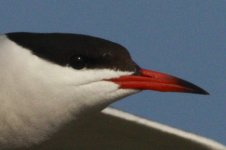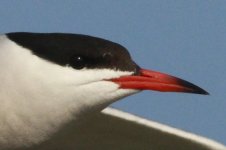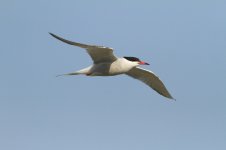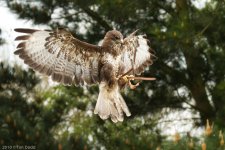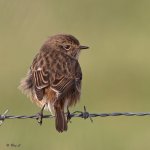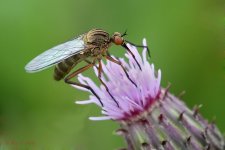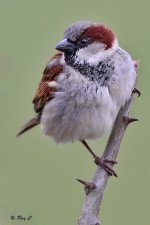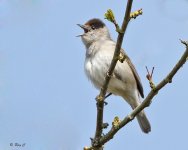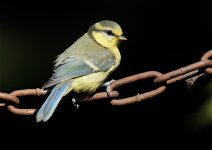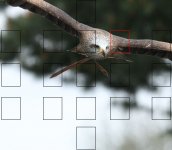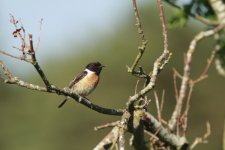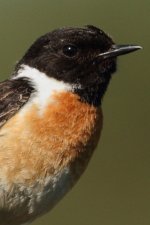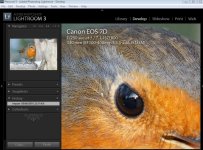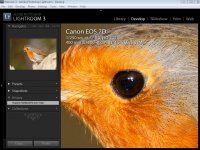Richard Ford
BF Member
Thanks everyone, I am now prepared to except that I am just expecting to much from this camera, though that does mean I am at the moment a little disappointed with it. I guess I was expecting an improvement over my 40D when it comes to noise levels at higher ISO’s, in short from what I can tell there isn’t one. Some of the first shots I took were at ISO800, which I won’t be using again due to horrendous excessive noise. ISO 400 seems poor too and is probably the max I will go to on this camera in the future, noise probably degraded the whole look of the image for me, and processing the noise also doubtless lost me some IQ as well. I was pleased in many ways to see the Crossbill image Ian, since it is very detailed, knowing now that it is from the 40D I am a little surprised and worried that seemingly IQ is worse on the ‘new improved camera’ !!!!
I shoot RAW so I am used to having to do a bit of processing, once I have made adjustments and applied some sharpening I am used to being pleased with the results, but I am talking about images from my MKIII. The first time I took that camera out I was wowed by the result having only shot with 20D 40Detc bodies before.
On the up side I was very pleased at how well it tracked some Common Terns in good light a few evenings back, I took some near full frame shots that seemed sharp until I got them home. I have looked through these shots again and re-evaluated them; on reflection there are a few that maybe I should be pleased with. Perhaps you can let me know if this is typical. The three images below show a 100% crop showing the noise at ISO800 and then a 100% crop after processing in DPP, followed by and un-cropped edited version so you can see how much of the frame was filled.
I do want to have a backup body though (thank god I’ve kept the MKIII) so I will take the 7D out again today probably leave it on ISO200 and be a little more open minded. I’ll report back here later.
Thanks for the help so far
Richard
I shoot RAW so I am used to having to do a bit of processing, once I have made adjustments and applied some sharpening I am used to being pleased with the results, but I am talking about images from my MKIII. The first time I took that camera out I was wowed by the result having only shot with 20D 40Detc bodies before.
On the up side I was very pleased at how well it tracked some Common Terns in good light a few evenings back, I took some near full frame shots that seemed sharp until I got them home. I have looked through these shots again and re-evaluated them; on reflection there are a few that maybe I should be pleased with. Perhaps you can let me know if this is typical. The three images below show a 100% crop showing the noise at ISO800 and then a 100% crop after processing in DPP, followed by and un-cropped edited version so you can see how much of the frame was filled.
I do want to have a backup body though (thank god I’ve kept the MKIII) so I will take the 7D out again today probably leave it on ISO200 and be a little more open minded. I’ll report back here later.
Thanks for the help so far
Richard
Attachments
Last edited:




